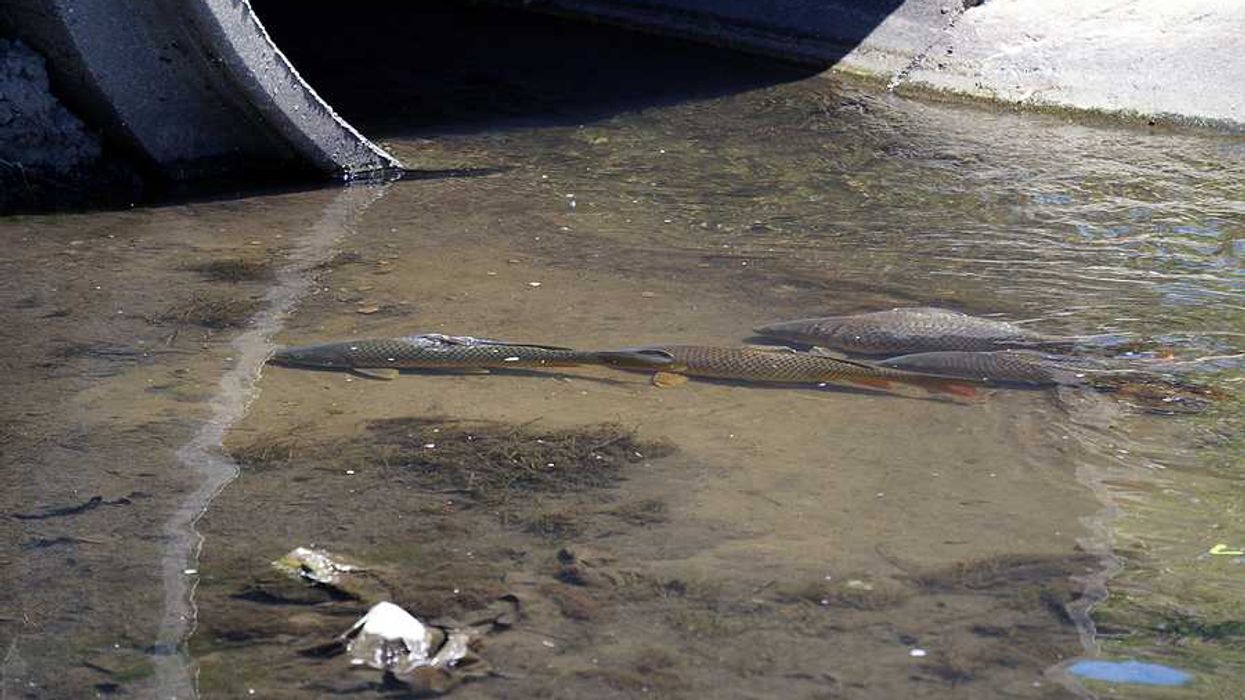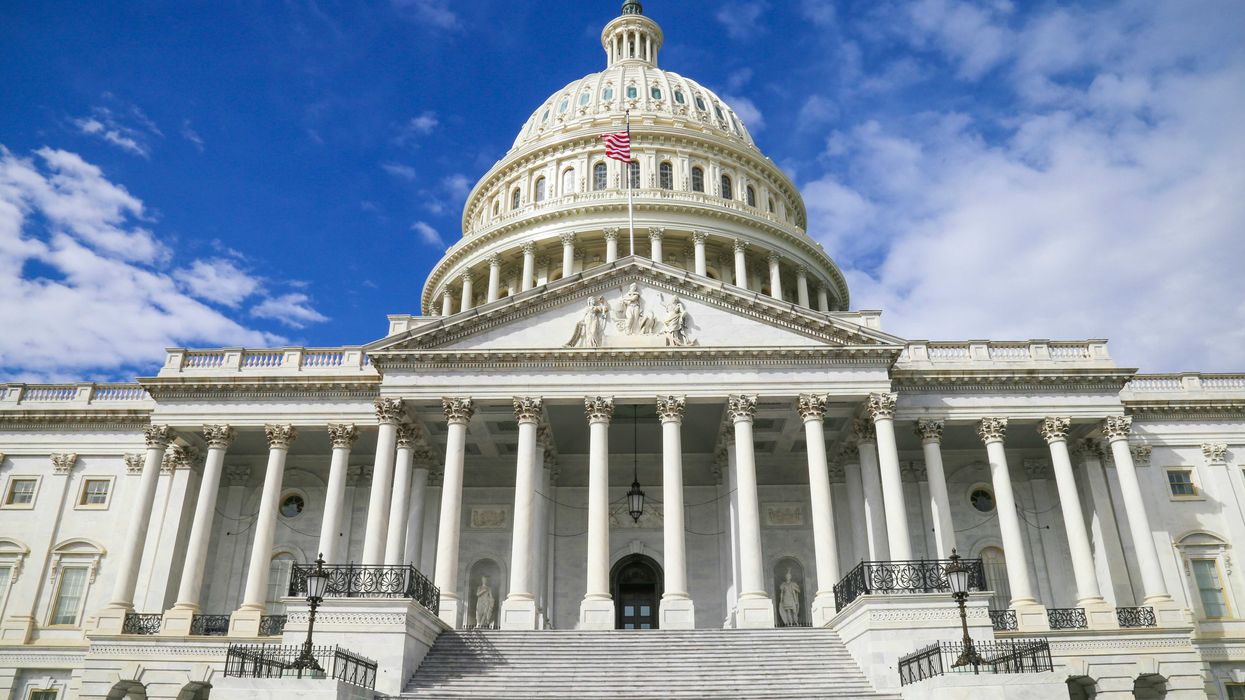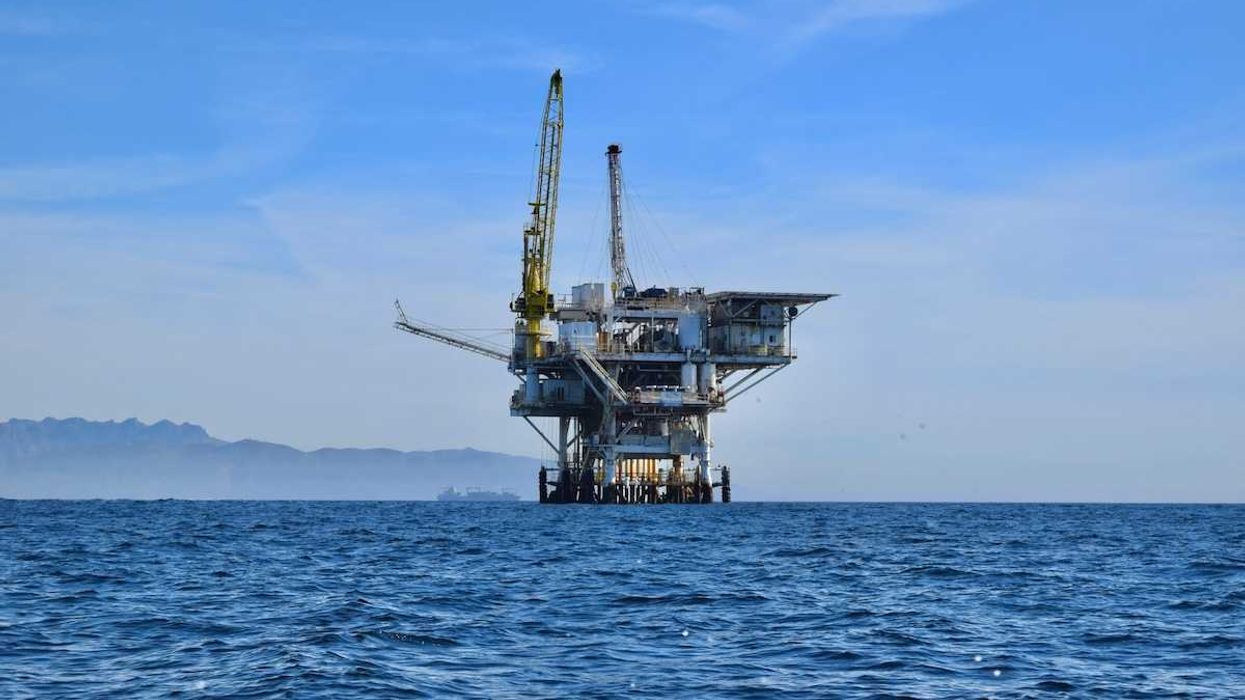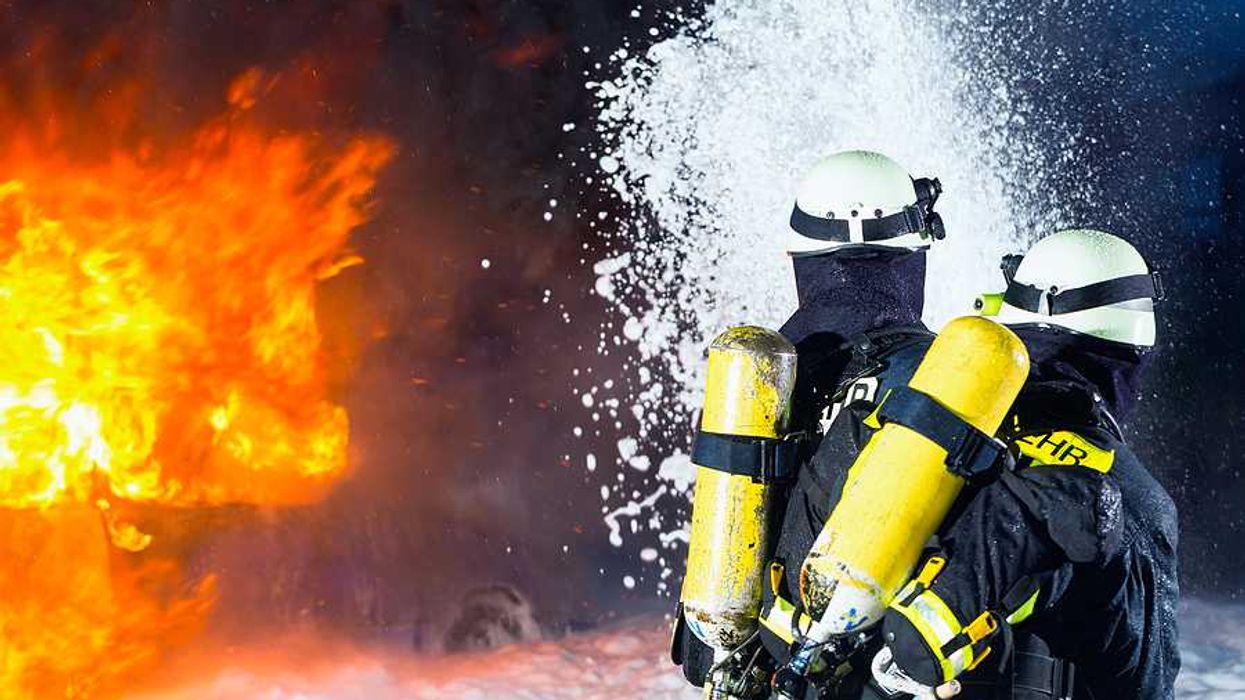For years, Aamjiwnaang First Nation residents endured benzene exposure linked to industrial activity in Sarnia’s Chemical Valley while Ontario officials delayed action despite internal warnings.
Emma McIntosh reports for The Narwhal.
In short:
- Government documents reveal Ontario's Environment Ministry knew as early as 2019 that benzene emissions from INEOS Styrolution posed significant health risks, yet delayed imposing stricter limits until 2024.
- The province relied on industrial self-reporting and technical standards with no hard caps, exempting many facilities from binding air quality rules — even as benzene readings regularly exceeded health-based thresholds.
- Aamjiwnaang First Nation continues to experience high benzene levels despite regulatory orders and plant shutdowns, prompting ongoing states of emergency and community-led efforts to monitor pollution and demand accountability.
Key quote:
“We cannot wait for governments to be the one that acts for us. We need to be there as well.”
— Janelle Nahmabin, chief of Aamjiwnaang First Nation
Why this matters:
Benzene is a known human carcinogen that can cause leukemia and other serious health issues even at low levels of chronic exposure. In communities like Aamjiwnaang First Nation, located adjacent to Canada’s highest concentration of petrochemical plants, the threat is very real: It’s in the contaminated air they breathe every day. Despite repeated warnings from residents and internal government documents acknowledging the danger, regulators prioritized industry convenience over public health. This case underscores how regulatory systems can entrench environmental racism, allowing pollutants to accumulate disproportionately in Indigenous and marginalized communities.














